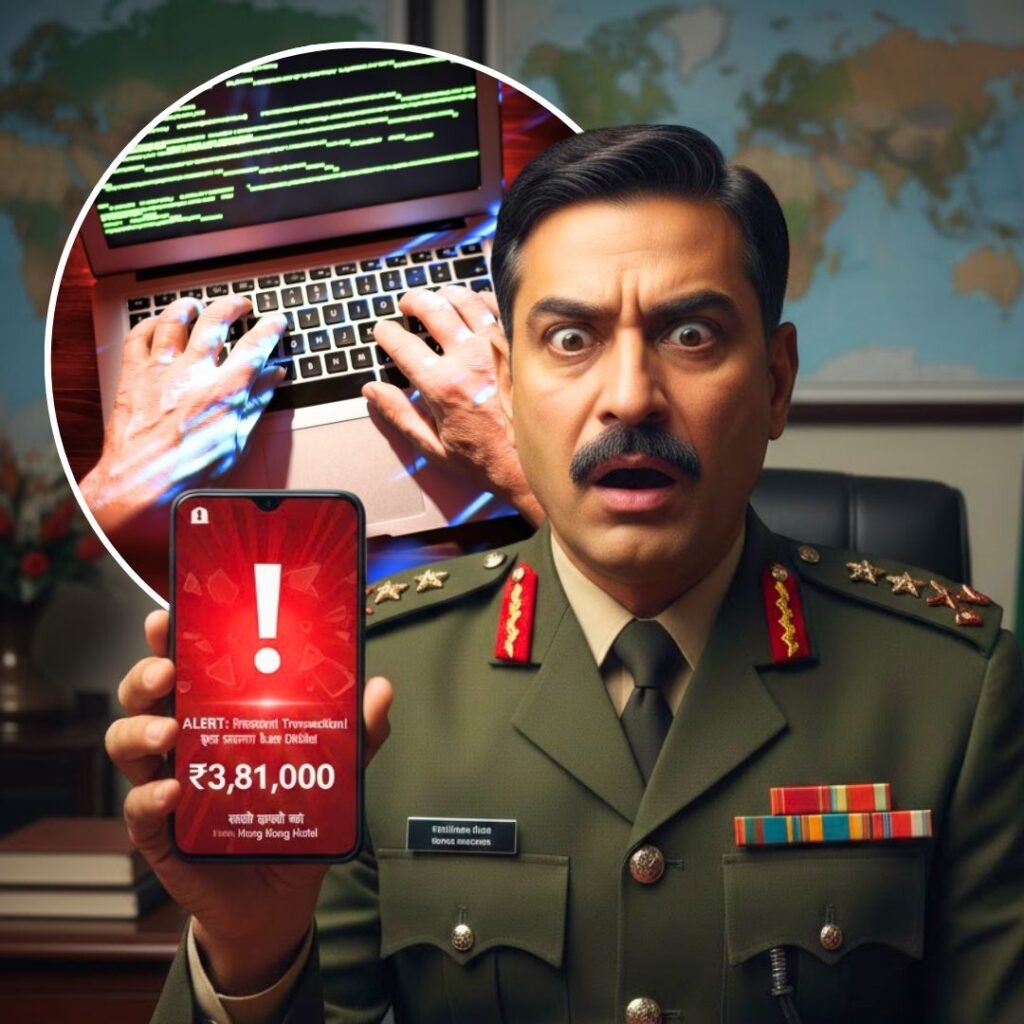Twelve years after the horrific 26/11 terror attack in Mumbai by terrorists who infiltrated into India using an Indian boat, nearly half of the fishing vessels in Indian waters do not have transponders that can help in the tracking of these boats.
During the 26/11 attacks in Mumbai, Pakistani terrorists had used an Indian boat, Al Kuber, to reach and attack the city. The brutal terror attack had claimed 166 lives in the financial capital of India.
Out of the total 2.9 lakh fishing vessels in India, nearly 50-60 per cent are less than 20 metres in length and the fitting of transponders is practically negligible, India Today reported.
Most of the smaller fishing vessels do not have transponders, however, other viable options are under consideration.
While satellite-based monitoring for these ‘dark boats’ is one of the options, the boats are ideally supposed to have a transponder that can track without any delay. The Indian Space Research Organisation (ISRO) has provided at least 1,000 transponders for trials for these boats.
After the 26/11 attack in 2008, all boats that were more than 20 metres long were supposed to have automatic identification system transponders to facilitate their tracking as part of heightened security measures. Among other steps to strengthen maritime security, marine police stations are also being set up.
While boats more than 20 metres long have been fitted with these, more than 1.5 lakh fishing vessels that go into the waters still do not have tracking devices.
Coastal Security After 26/11
While maritime security needs to be strengthened, Mumbai’s security apparatus has seen a drastic change with Indian Coast Guard emerging as one of the key maritime security agencies.
From 74 vessel to patrol the 7,500-kilometre coastline of India, the force is all set to become a 200-vessel strong force.
In 2017, the government approved Rs31,748-crore, five-year programme to add to the Coast Guard’s resources and also added another air station at Ratnagiri to effectively patrol the sea.
After the 26/11 attack, the Navy became the nodal agency for 15 central, and state agencies to manage coastal security. Four joint operation centres were set up at Mumbai, Visakhapatnam, Kochi and Port Blair.
The Navy is now the first line of defence and is on constant alert monitoring the sea through aerial surveillance and patrol.
India is also ready to beef up its ‘eye in the Indian Ocean’ with the up-gradation of the Information Management and Analysis Centre (IMAC). The centre will see all major agencies including civilians and defence on board.
Also Read: Constitution Day: World’s longest, Indian Constitution Is Unique In Content, Spirit












